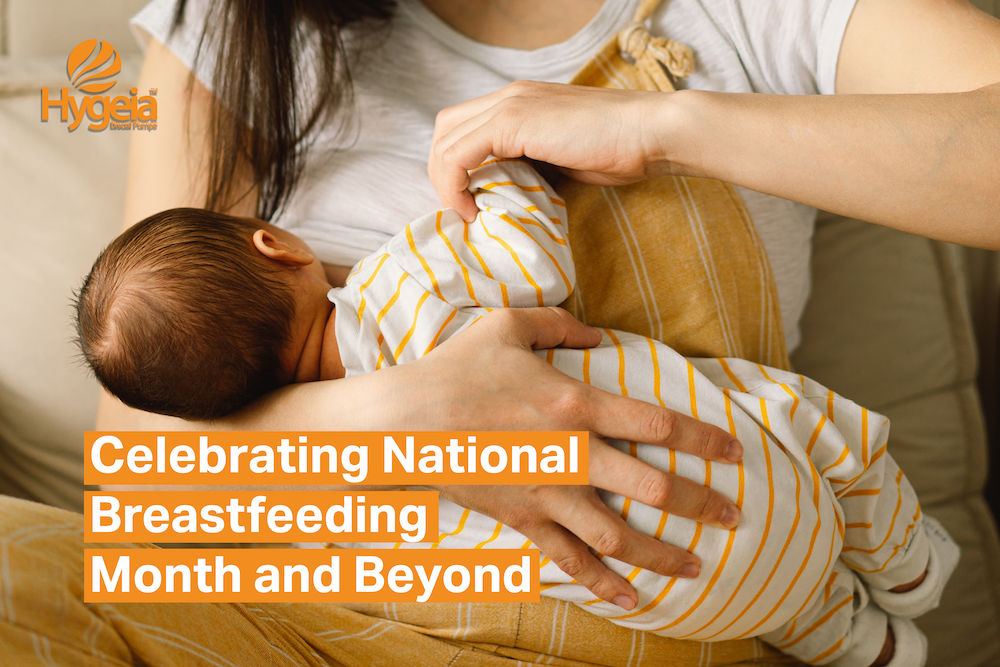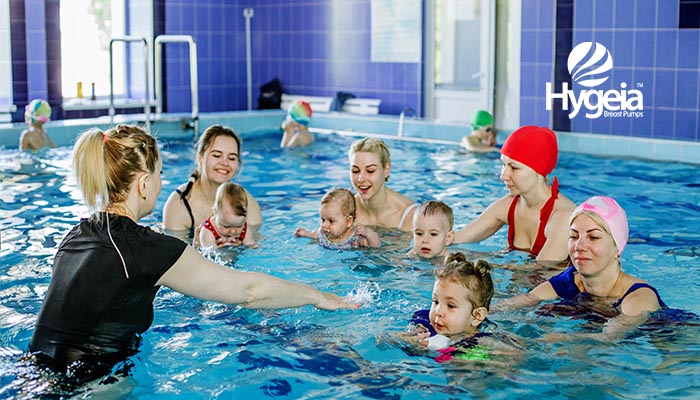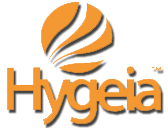
Breastfeeding is a beautiful journey, but it can also come with challenges, especially in those early days. Finding a comfortable and successful latch is key for both you and your baby. The good news is, there’s no single “right” position – every mom-baby pair finds what works best breastfeeding position.
Popular breastfeeding positions to get you started:
- The Cradle Hold: This classic position is a great go-to for many moms, particularly newborns. You cradle your baby close, arm supporting their head and neck, with their body facing yours. Their tummy should be against yours, promoting skin-to-skin contact. This position allows for easy control and good visibility to ensure a proper latch.
- The Cross-Cradle Hold: Similar to the cradle hold, but with your baby nestled across your body, supported by the opposite arm. This can be helpful for babies with torticollis (a stiff neck) or those who have trouble turning their heads towards one breast.
- The Football Hold: This hold is like a quarterback cradling a football under their arm. Perfect for newborns with latching difficulties or moms with larger breasts. With your baby tucked under your arm, their head resting near your breast, it allows for better control and deeper latching.
- The Side-Lying Position: This cozy position is ideal for nighttime feedings or relaxed lounging. Lie on your side facing your baby, with pillows for support. Your baby can then nuzzle in close, latching comfortably.
- The Laid-Back Position: This relaxed approach allows gravity to assist your baby in latching. Recline comfortably, with your baby lying on your tummy. Let your baby lead the way, rooting around and latching on naturally.
Tips for Success:
Comfort is Key: Experiment with different positions until you find one that feels natural and supportive for both you and your baby.
Proper Latch: Ensure your baby’s mouth is wide open and they have a deep latch on both the nipple and surrounding areola.
Support: Pillows can be your best friend for positioning and comfort. Use them to prop up your arms, support your back, or elevate your baby.
Skin-to-Skin Contact: This is essential for promoting bonding, regulating baby’s temperature, and improving milk production.
Finding the Perfect Fit:
While breastfeeding positions are crucial, having the right breast pump can also play a significant role in your breastfeeding journey. Hygeia Health offers a range of high-quality breast pumps designed for comfort, efficiency, and discreet pumping.
Ready to Apply for a Free Breast Pump?
Many insurance companies are required to cover the cost of a breast pump under the Affordable Care Act. Hygeia Health can help you navigate the insurance process and determine if you qualify for a free breast pump through our simple online application. Visit our website at Hygeia Health website to get started today!
By finding a comfortable breastfeeding position and having the right support system in place, you can embark on a successful and rewarding breastfeeding journey.

Hygeia Health is thrilled to announce that its innovative Hygeia Express breast pump has been awarded the prestigious 2024 Product of the Year by babyMaternity magazine in the coveted category of Breast Pumps & Accessories.
“The Hygeia Express breast pump is more than just a product; it’s a partner for modern mothers, offering unparalleled comfort, efficiency, and portability,” stated Kelly Cuellar, Vice President of Sales at Hygeia Health.
Hospital-Grade Suction Meets Portability
This esteemed recognition underscores the Hygeia Express’s exceptional performance, comfort, and portability, making it the ultimate choice for modern mothers. Designed with hospital-grade suction and gentle comfort in mind, the Hygeia Express caters to the needs of multitasking moms by offering optional wearable milk collection cups.
“This breast pump for on-the-go moms is amazing! I really like that it has hospital-grade strength and that it’s so comfortable to use,” said one of the moms in a review.
As a cordless, lightweight champion of convenience, the Hygeia Express empowers mothers with the freedom to pump anytime, anywhere. Its whisper-quiet operation ensures discreet pumping, allowing moms to seamlessly integrate breastfeeding into their busy lives.
“This breast pump is perfect for travel and it’s so convenient to use. I think this would be a perfect baby shower gift. I highly recommend it for any new mom,” shared another enthusiastic mother.
Real Moms Love the Hygeia Express
The Hygeia Express’s innovative technology mimics a baby’s natural suckling pattern, ensuring efficient and comfortable pumping sessions. Its superior design and quality have earned it widespread acclaim.
“I love this design and the quality is excellent! Great product!” said another review.
The babyMaternity Magazine Advantage: Real Parent Tested
The babyMaternity Magazine’s Awards Program stands out by involving a diverse panel of expectant mothers, new moms, and baby caregivers in the product evaluation process. This comprehensive approach guarantees that the awarded products truly meet the needs and expectations of real parents.
Join countless happy moms who trust and love the Hygeia Express. See if you qualify for a 100% insurance-covered pump today…

World Breastfeeding Week may be coming to a close, we have only kicked off National Breastfeeding Month, with the theme of “Nourish, Sustain, Thrive”. While all breastfeeding is celebrated this month, this blog post will highlight the specific awareness weeks that will be taking place. Let’s acknowledge the unique experiences of different communities and learn how we can better support them.
Indigenous Milk Medicine Week
Dates: Aug. 8-14
Indigenous cultures have long recognized the healing properties of breast milk. Indigenous Milk Medicine honors this tradition and emphasizes the importance of cultural sensitivity in breastfeeding support. Learn more.
Asian American, Native Hawaiian, and Pacific Islander Breastfeeding Week
Dates: Aug. 15-21
The Asian American, Native Hawaiian, and Pacific Islander community faces unique challenges, including language barriers, cultural expectations, and limited access to culturally competent care. Raising awareness and providing culturally appropriate support is essential. Learn more.
Black Breastfeeding Week
Dates: Aug. 25-31
Black women have lower breastfeeding rates compared to other racial groups. Addressing systemic racism, providing culturally sensitive care, and creating supportive communities are crucial steps toward improving Black breastfeeding outcomes. Learn more.
Workplace Lactation Awareness Week
Dates: Sept. 1-7
Supporting breastfeeding mothers in the workplace is essential. Creating lactation rooms, offering flexible work arrangements, and providing education on breastfeeding and pumping can make a significant difference. Learn more.
By working together, we can create a world where every mother has the support she needs to breastfeed. Hygeia Health is committed to supporting mothers on their breastfeeding journey. Our breast pumps are designed with comfort and efficiency in mind, but we know that a great pump is just one piece of the puzzle. We believe in providing comprehensive support, including education, resources, and community.
Let’s continue to celebrate the power of breast milk in the month of August, but we will advocate for policies that support breastfeeding families every month of the year.

Breastfeeding comes naturally, but mastering it can be a whole different story. From latching to milk supply, there’s a lot to learn. In alignment with World Breastfeeding Week, we’ve put together a list of best practices for your breastfeeding journey that are applicable to all moms.
Skin-to-Skin Contact
Skin-to-skin contact, often called kangaroo care, is a powerful tool for bonding and baby’s health. This magical moment, where the baby rests on the mom’s bare chest, helps regulate the baby’s body temperature, heart rate, and breathing. It’s a natural way to soothe the baby and encourage breastfeeding. Plus, it releases those feel-good hormones for both mom and babe, strengthening the bond.
Early and Frequent Feeding
The more often you feed your baby, the better your milk supply will be. Try to feed your baby on demand, whenever they show signs of hunger. This can be challenging when it leads to regular night feeds, but bear in mind it won’t last forever.
Proper Latch
A good latch is key to comfortable breastfeeding. If you’re having trouble, a lactation consultant can help. A good latch means your baby’s mouth is open wide, with their lips flanged outward, and their chin touching your breast and it should not be painful.
Build a Support System
Having people to support you is important. This could be your partner, family, friends, or a breastfeeding support group. If you don’t have people at home with you for support, don’t make the mistake of thinking you have to go it alone. If there are no local groups, there are options for online support groups.
Take Care of Yourself
Don’t forget a key aspect of successful breastfeeding: YOU! While the baby is a priority, part of that comes with taking care of the mother’s body. It is equipped to produce the number one nutritional substance for babies: breast milk. Eating a healthy diet, drinking plenty of fluids, and getting enough rest are essential for breastfeeding success.
Pumping
Not every mom has the intention to pump during her breastfeeding journey, but if you plan to pump, it’s important to find a pump that’s comfortable and efficient. Hygeia Health offers a high-quality breast pump to support your journey. The lightweight and cordless Hygeia Express travels well with hospital-grade strength and gentle comfort. Check with your insurance to see if you receive full coverage on a pump and consider taking advantage of it even if you don’t plan to pump your milk. Emergency situations, such as NICU stays, can result in a need to pump and you’ll be glad you have it.
Don’t Give Up
Breastfeeding can be a learning process. It might take some time to get the hang of it, but be patient with yourself, and don’t hesitate to seek help if you need it.
Keep in mind that every mother’s breastfeeding journey is different. What works for one mom might not work for another. The most important thing is to do what’s best for you and your baby.

Breastfeeding: it’s the way anyone can level up to supermom status, right?
While it is an amazing journey, it is completely normal to hit a few bumps in the road. The good news is no mom needs to be alone in their journey! There is a ton of support available to help moms navigate this new chapter of motherhood and empower them to thrive with breastfeeding.
In this blog post, in the spirit of World Breastfeeding Week, we will discuss the best people and places to find breastfeeding support.
Healthcare Providers
Your doctor or midwife is a great place to start for support. They may not be the experts themselves, but they can likely provide you with initial information, point you in a good direction for resources, and even refer you to lactation consultants. Remember, they deal with moms who are new to breastfeeding on a regular basis.
Lactation Consultants
Lactation consultants are specially trained professionals who can help with breastfeeding questions, problems, and general support. They are wonderful assets for assisting with latching, milk supply, and other common issues. Today, most hospitals have a lactation consultant on staff. If one does not visit you upon delivery, don’t miss out. Request that the on-staff lactation consultant visit before your stay is over.
Support Groups
A mom tends to feel less alone about her struggles when she’s able to share her experiences with others who are going through or have been through similar challenges..Support groups can be a great way to connect with other breastfeeding moms and get the encouragement needed. This can also be a great way to receive tips from moms who’ve had to tackle the same issues. La Leche League offers support groups across the country or check with your hospital, as many offer support groups. If yours does not, the lactation consultant may be aware of a local group.
Partners and Family
Your partner and family can, and hopefully will, play an important role in your breastfeeding journey. They can provide emotional support, help with household chores, and take care of older children if needed. Of course, not every mom has this kind of support at home. In this case, sometimes friend circles can become like family and set up meal trains and regular check-ins to be sure a mom has the support she needs.
Online Resources & Hygeia Health
The beauty of today’s world is that not everything has to be within driving distance to be accessible. There are many online resources available, including websites, blogs, forums, and even support groups. However, the plethora of options available can be both a blessing and a curse. An already overwhelmed mom struggling in her breastfeeding journey likely doesn’t have the fortitude to sift through endless search results. Fortunately, there are trustworthy sources for information, support, and community, such as La Leche League, Academy of Breastfeeding Medicine (ABM), Healthline and The World Health Organization (WHO).
Hygeia Health
We at Hygeia Health are on the top of the list as well! We’re here to support you in all ways. Our website offers information and resources on breastfeeding and our customer service team is available to answer your questions. We also partner with Nest Collaborative to provide virtual breastfeeding consults accessible anytime, anywhere, covered by most insurance plans at no cost to you.
Remember, you’re not alone. There are many people and resources available to help you on your breastfeeding journey. Don’t be afraid to ask for help.

Breastfeeding is a beautiful journey, but it’s not always easy. Many mothers face significant obstacles that can make breastfeeding challenging to sustain. This World Breastfeeding Week, we want to shed light on these struggles and obstacles and offer support. This blog post will dive into those challenges.
Physical Challenges
Sore nipples, engorgement, and mastitis–ever heard of those? These are some of the most common physical hurdles moms face. These can be incredibly painful and downright discouraging for a mom. No matter how much she understands the benefits of breastfeeding, the pain can cause a mom to want to give up or feel incapable. Lack of sleep in the early days and weeks after birth, coupled with the demands of a newborn, can further exacerbate these issues.
One of the major causes for physical challenges, though, is inadequate latching, which is often a result of a mom not being well supported after birth. This can be particularly true for a first time breastfeeding mom who doesn’t receive support from a lactation consultant. When breastfeeding support is lacking from the start, a mom can be quickly deterred.
Psychological Challenges
While the previously mentioned painful experiences of things like cracked and bleeding nipples may sound traumatic, physical challenges are often treated and managed more easily than the mental issues moms can face.
Feeling inadequate, stressed, or isolated is not an uncommon experience for breastfeeding mothers. The pressure to succeed can be overwhelming, especially when coupled with the mantra that “breastfeeding is natural”. The physical struggles coupled with the flood of hormones that follow delivery can result in postpartum depression and anxiety, which can further complicate the early breastfeeding journey.
Additionally, some moms struggle with body image concerns. Bodies obviously change through pregnancy, and, typically, they don’t simply “bounce back” to their pre-pregnancy shape, weight, and size. Living in a ‘new’ body can also lead to mental challenges for moms.
Societal and Environmental Challenges
Lack of workplace support is a major barrier for many mothers in their breastfeeding journey. Limited maternity leave, lack of lactation rooms, and negative attitudes towards breastfeeding can make it difficult for working moms to continue breastfeeding once returning to work.
Additionally, access to quality healthcare and lactation support is also crucial to breastfeeding success, and unfortunately, in many corners of the world ( even in the United States), not every mom has both or either of these things.
Other socioeconomic disparities can impact a mother’s ability to access these resources, such as income, education, geographic location, and racial/ethnic disparities. Discrimination can play a role for some, as can living in a rural or low income area.
Knowledge and Information Gaps
Misinformation about breastfeeding is prevalent. Many mothers lack the knowledge and support they need to overcome challenges and this can lead to early cessation of breastfeeding.
Hygeia Health is committed to supporting mothers on their breastfeeding journey. Our breast pumps are designed with comfort and efficiency in mind. But we know that a great breast pump is just one piece of the puzzle. We believe in providing comprehensive support, including education, resources, and community.
By understanding the challenges mothers face, we can work together to create a more supportive environment for breastfeeding. Let’s break down the barriers and continue to close the gap that will help mothers achieve their breastfeeding goals.






